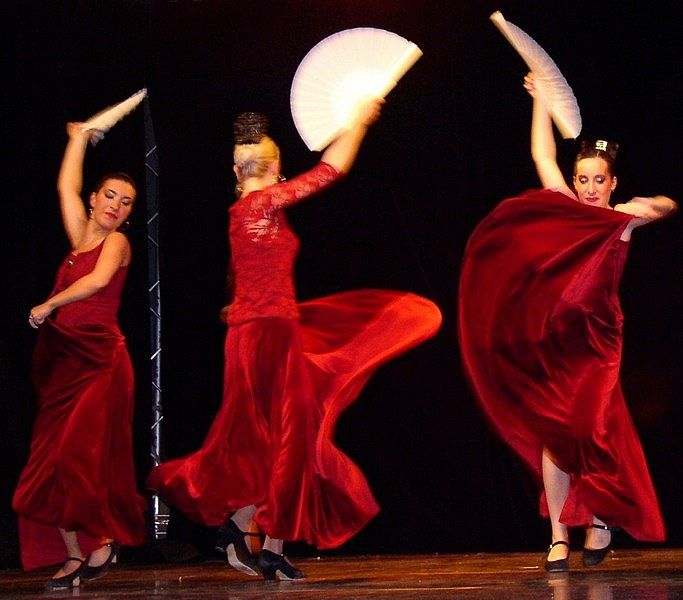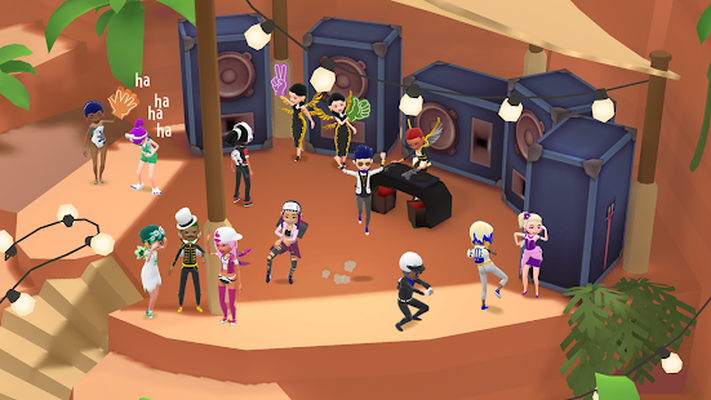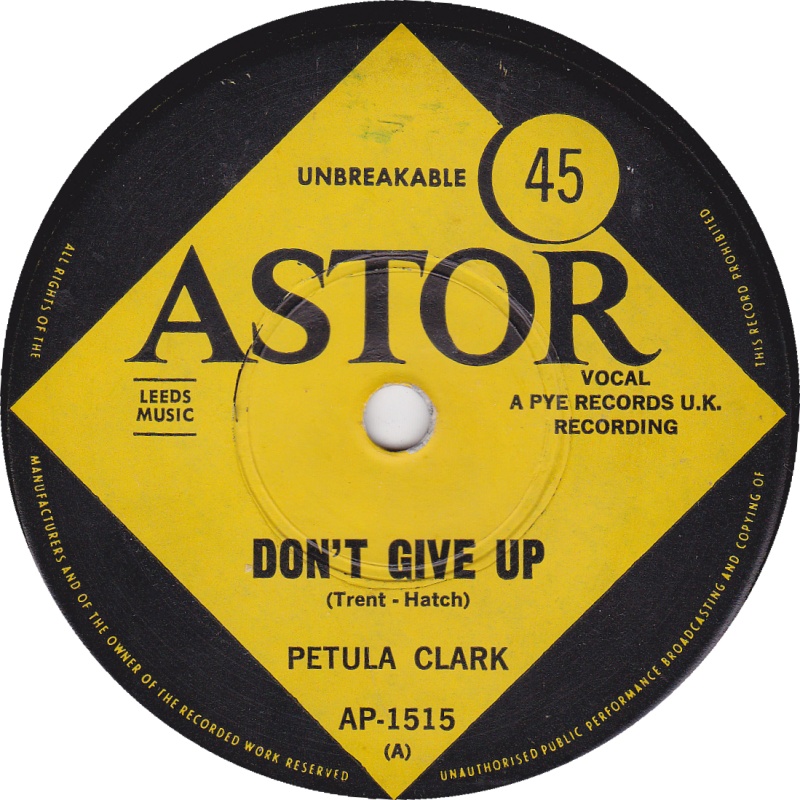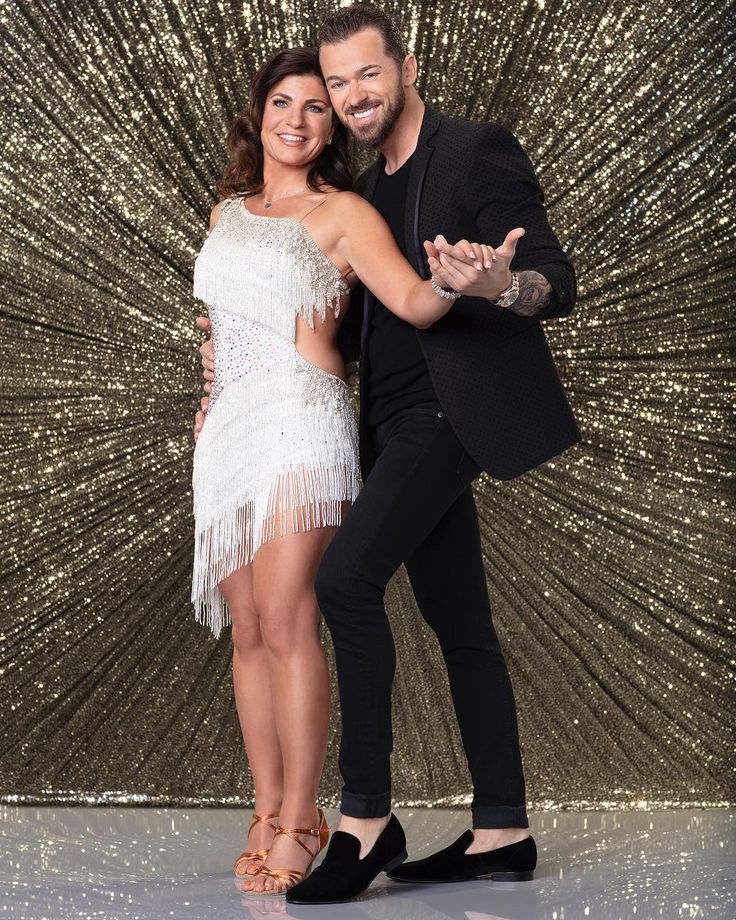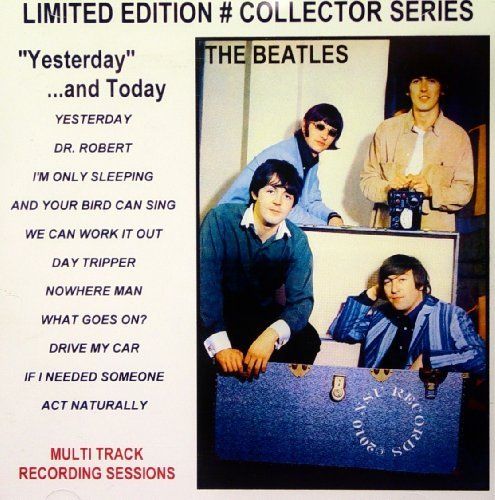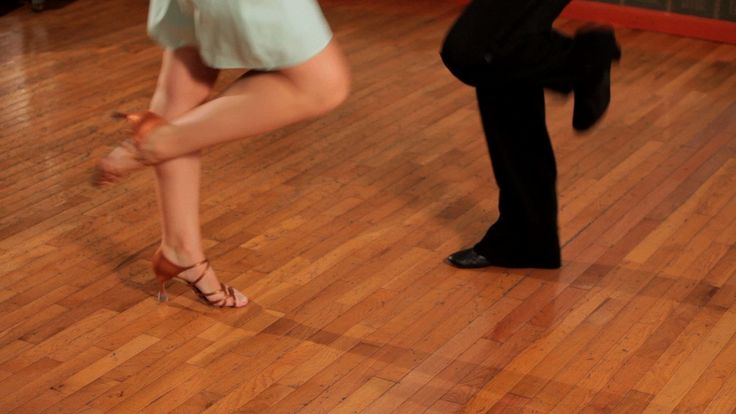How to dance bolero
Beginner’s Guide To Dancing Bolero
The Bolero is a dance that most of my students are intrigued by. It’s this mystery dance that they hear a lot about but they don’t learn until they have done several other dances. Like many instructors, I don’t introduce Bolero to a student until they have a strong foundation in both the rhythm and smooth dances. This is because Bolero is a fusion of three dances: Waltz, Tango, and Rumba. Although it is a hybrid of two American Smooth dances (Waltz and Tango) and only one American Rhythm dance (Rumba), it falls under the American Rhythm category of ballroom dancing. When you compete in Ballroom, the dances are put into various categories and American Rhythm consists of Cha Cha, Rumba, East Coast Swing, Bolero, and Mambo and is danced in that order.
Below is a look into what I will be sharing in this post.
· History of Bolero
· Musical Information and the Count
· The Basics and Technique
Bolero has roots in both Spain and Cuba; it evolved from the Fandango, a Spanish folk dance, and the Cuban Danzon. Bolero arrived in the US in the mid 1930s and is often called “the Cuban dance of love,” and has similar origins to the Rumba. It is characterized by smooth gliding movements, dramatic arm styling, and has a romantic feel. As mentioned earlier, Bolero is a hybrid of Tango, Waltz, and Rumba. It has the Contra actions of Tango, Rise, and Fall of Waltz and is danced to slow Latin music with (modified) Cuban Motion from Rumba.
Next, I will be diving more into the music of Bolero and the basic rhythm of the dance.
Classical Bolero was danced to a steady beat of drums, and Contemporary Bolero music is slow and dreamy, often with Spanish vocals and soft percussions. The Spanish version of Bolero music is written in ¾ time, however, when arriving in Cuba, the time signature was changed to 4/4 time and that is the version we all dance to today. The tempo ranges between 24-26 measures per minute (MPM) which is quite slow compared to the 32-36 MPM of American Rumba.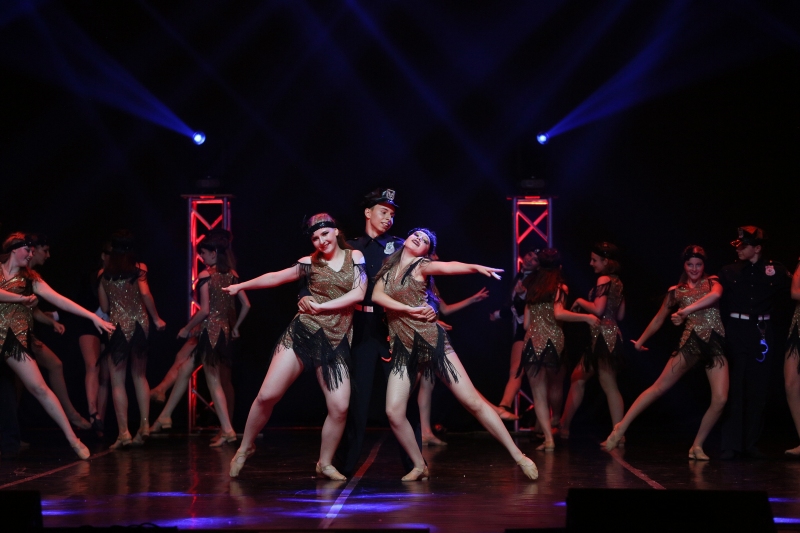 The basic rhythm follows a slow, quick, quick cadence where a slow is 2 beats of music and a quick is 1 beat of the music. Another way you can count is by using numbers, which is more helpful when doing choreography. for the slow, you would count 1-2 and for the quick-quick, you would count 3-4.
The basic rhythm follows a slow, quick, quick cadence where a slow is 2 beats of music and a quick is 1 beat of the music. Another way you can count is by using numbers, which is more helpful when doing choreography. for the slow, you would count 1-2 and for the quick-quick, you would count 3-4.
The Basic step in Bolero is very similar to the Basic in International Rumba, but with slightly different timing. Below is a breakdown of the basic for both leaders and followers.
Leaders: Begin with your weight on the right foot and on the 1st beat, take a side step to the left and hold for the 2nd beat. Next, place your right foot back on count 3 (the first quick) then step forward with the left foot on 4 (the second quick.) for the next slow, step to your right, then forward with your left foot on 3 and back with your right foot on 4. That is one complete basic.
Followers: Begin with your weight on the left foot and on the 1st beat, take a side step to the right and hold for the 2nd beat.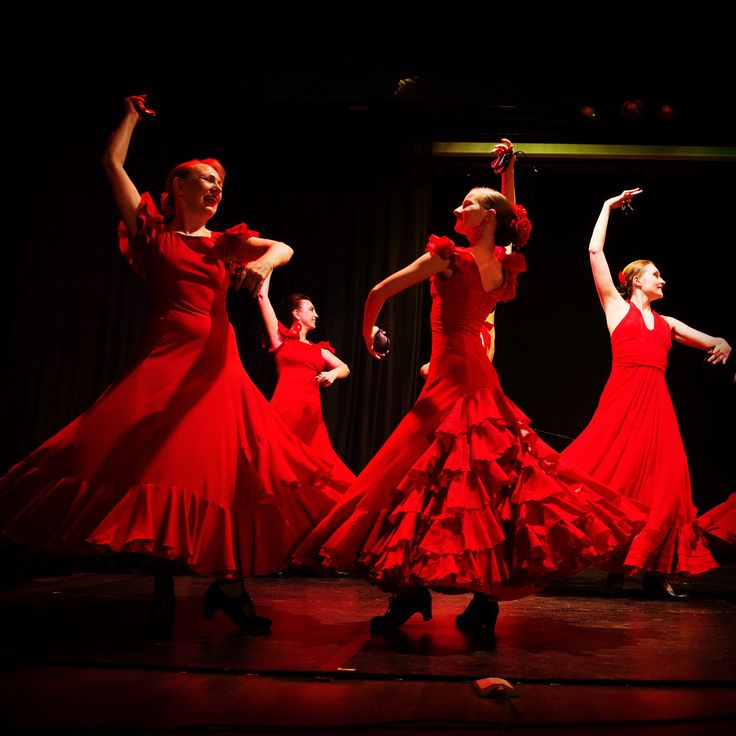 Next, place your left foot forward on count 3 (the first quick) then step back with the right foot on 4 (the second quick.) for the next slow, step to your left, then back with your right foot on 3, and forward with your left foot on 4. That is one complete basic.
Next, place your left foot forward on count 3 (the first quick) then step back with the right foot on 4 (the second quick.) for the next slow, step to your left, then back with your right foot on 3, and forward with your left foot on 4. That is one complete basic.
Dance steps are nothing but steps without the technique. Dancing with proper technique gives each dance its uniqueness and beauty. Practicing technique can be overwhelming when there are so many details involved, so I recommend focusing on one or two things at a time until your body starts to understand the movement before adding more. To get you started, I will give a few technical tips that are super important for Bolero that you can apply to the Basic Step right away.
Footwork: Like the other rhythm dances, the balls of the feet should remain in contact with the floor throughout the dance. On every step, you will roll from the ball of the foot to the heel being careful not to get back weighted.
Rise and Fall: The rise and fall is created through the legs and ankles in Bolero and generally does not go onto the toes. We do what’s called “body rise” where you will begin in a lowered position and rise to your standing height. The rise and fall is consistent throughout the dance and goes as follows: begin by lowering before stepping on 1. When transferring your weight to the side on the first beat, you will stay in your knees and then rise to standing height on count two as your free leg comes underneath you to prepare for the next step. You will still be up at the beginning of the second step but will “fall” once the forward or back step is taken. Lastly, you will stay in your knees for the third step in preparation for the next measure.
Drop and Drift: There are a few variations on how to dance the forward and back steps in Bolero, but I’m only going to cover one of them today – the drop and drift method. This refers to the way we shape and extend our legs between the second and third steps._800x0_291.jpg) Basically, the second step should always be smaller, and once you lower, the free leg will extend either forward or back in a sort of lunge position. This lunge causes your free leg to drift away and allows you to take a bigger third step.
Basically, the second step should always be smaller, and once you lower, the free leg will extend either forward or back in a sort of lunge position. This lunge causes your free leg to drift away and allows you to take a bigger third step.
Check out this video for a visual: https://youtu.be/aDUr3gZIrms
Next, I recommend practicing applying the footwork, rise and fall and drop and drift actions to the Basic Step and any other step you may have learned in your lessons. Of course, this barely scratches the surface of the Bolero, but it is a great start to help you improve your dancing. Check out the link below to see just how beautiful the Bolero can be!
Professional American Rhythm competition: https://youtu.be/wWGzI2gAhdg?t=394
I hope you enjoyed this post!
Bolero—description of history, character, basic step and music
| See also: Ballroom DVD's & Videos >> << Learning Center Intro |
| An Introduction to Bolero PLAY
| |||||||||||||
- Description of Bolero
- Character of Bolero
- The Basic Step of Bolero
- History of Bolero
- Bolero Music
Along with cha cha, rumba, east coast swing, and mambo, bolero is one of the five rhythm competition dances in American style ballroom dance competition.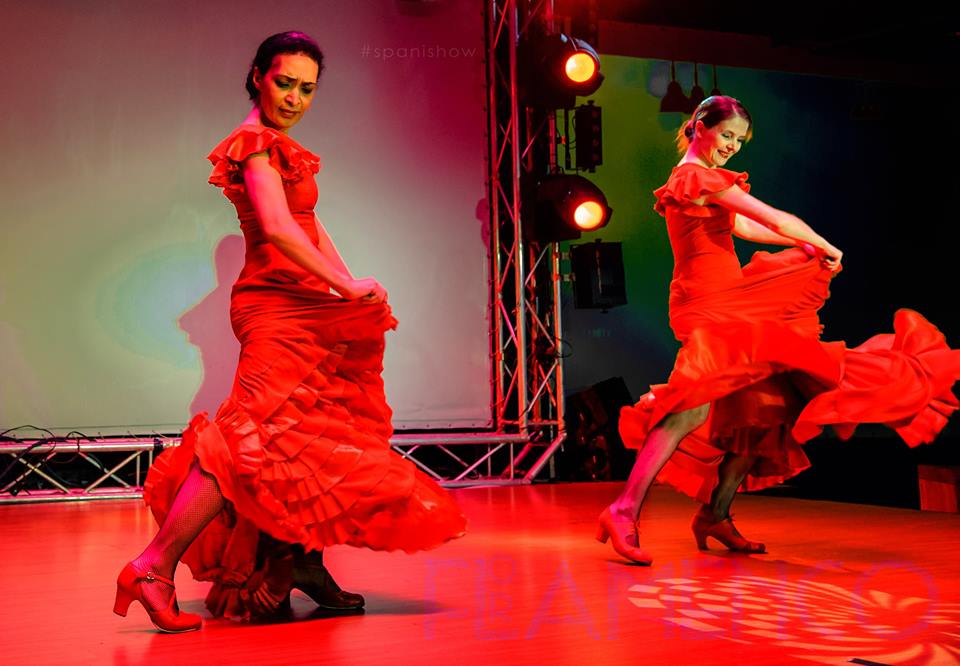 The bolero is a close cousin of the Rumba, sharing the same footwork timing and many similar figures. Bolero is the slowest rhythm dance. The music tempo is only 96 beats per minute. As with rumba, the basic footwork timing is slow-quick-quick. As with rumba, three steps are taken to four beats of music and the music is written in 4/4 time. For spectators, it is often difficult to distinguish bolero from rumba. It is also difficult to class music as either rumba or bolero. In competitions, the “standard tempo” of rumba music is 104 beats per minute, which is slightly faster than the “standard tempo” of Bolero music, which is 96 beats per minute.
The bolero is a close cousin of the Rumba, sharing the same footwork timing and many similar figures. Bolero is the slowest rhythm dance. The music tempo is only 96 beats per minute. As with rumba, the basic footwork timing is slow-quick-quick. As with rumba, three steps are taken to four beats of music and the music is written in 4/4 time. For spectators, it is often difficult to distinguish bolero from rumba. It is also difficult to class music as either rumba or bolero. In competitions, the “standard tempo” of rumba music is 104 beats per minute, which is slightly faster than the “standard tempo” of Bolero music, which is 96 beats per minute.
<< Back to top
Rumba is often called the dance of love but so is the bolero. The music and the feeling of bolero enhances a sense of love and romance. Slow, graceful, romantic, movements and actions characterize the bolero.
<< Back to top
The basic step of bolero is a long, sweeping step to the side on the slow beat, followed by a rock step forward or backward, on the quick-quick beats. In this way, the basic step of bolero is somewhat similar to the basic step of nightclub two-step.
In this way, the basic step of bolero is somewhat similar to the basic step of nightclub two-step.
Unlike the rumba, the bolero traditionally includes rise and fall and stretching actions. During the slow step, there is an extension and lift of the body.
As with the rumba, the bolero uses figures such as cross body leads, open breaks, underarm turns, fifth position breaks and crossover breaks.
<< Back to top
The history of Bolero is a bit of a mystery. Bolero has the same Afro-Cuban roots as the Rumba and is thought to have originated from Cuban or Spanish folk dances such as the Danzon and Beguine. It was introduced in the United States in the 1930’s.
Originally a Spanish dance in 3/4 time, it was changed in Cuba initially into 2/4 time then eventually into 4/4. The music is frequently arranged with Spanish vocals and a subtle percussion effect, usually implemented with guitar, conga or bongos.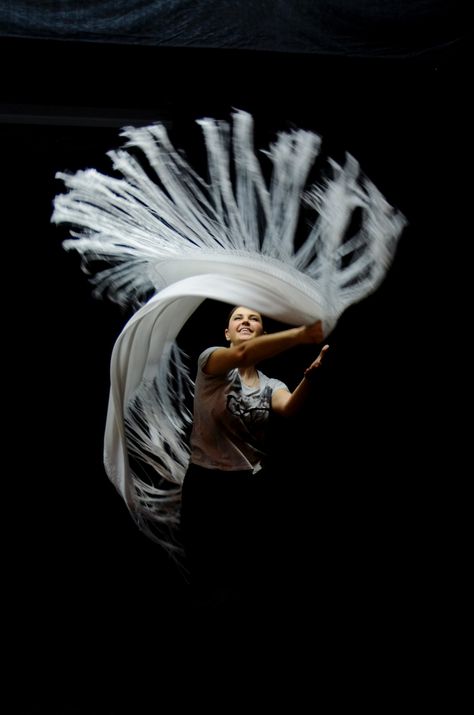
<< Back to top
Some typical bolero songs are:
- "Beautiful Maria of My Soul" - The Mambo All Stars from the album The Mambo Kings: Original Motion Picture Soundtrack
- "Mas Alla" - Gloria Estefan and Abriendo Puertas
- "Live to Tell" - Madonnafrom the album The Immaculate Collection
- "My Heart Will Go On" - Celine Dion from the movie soundtrack to Titanic
<< Back to top
Bolero dance.
Bolero Dance
Speaking of bolero, we can mean two different dances with the same name. In the first case, this is a Spanish dance, performed in restrained rhythms, but at the same time full of passion and inner strength.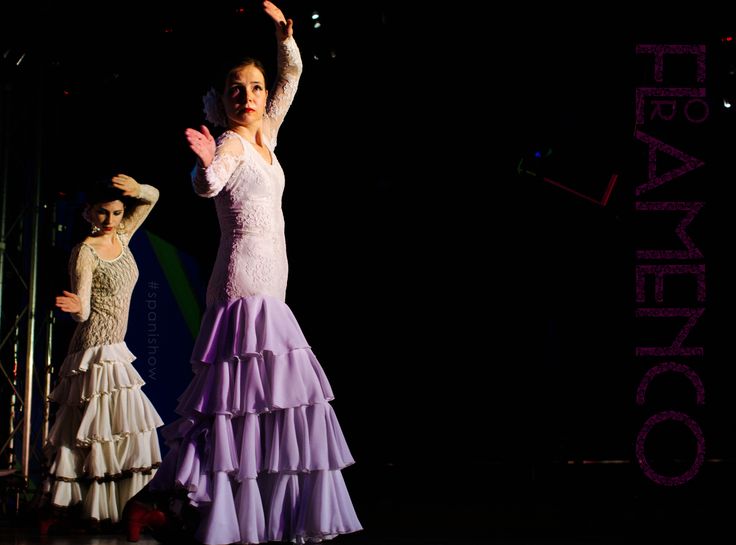 In the second case - a Cuban dance, slow, graceful and romantic.
In the second case - a Cuban dance, slow, graceful and romantic.
* The video shows a Cuban bolero.
Bolero dance
Spanish Bolero is a Spanish national dance, supposedly invented c. 1780 by Sebastian Cerezo of Cadiz . In the folklore version, the bolero is a dance for a solo couple; several couples can participate in a public performance. Mandatory accompaniment castanets or guitars if the dance tune is being sung. This dance is a close relative of the rumba. For its sensuality, the bolero is often called the dance of love, and the music and movements enhance these feelings.
The origin of the name of the bolero dance is also very controversial, historians have not been able to reach a common opinion. The most common version is that the name comes from the Spanish word " volare ”( fly ), which characterizes the dance style very well.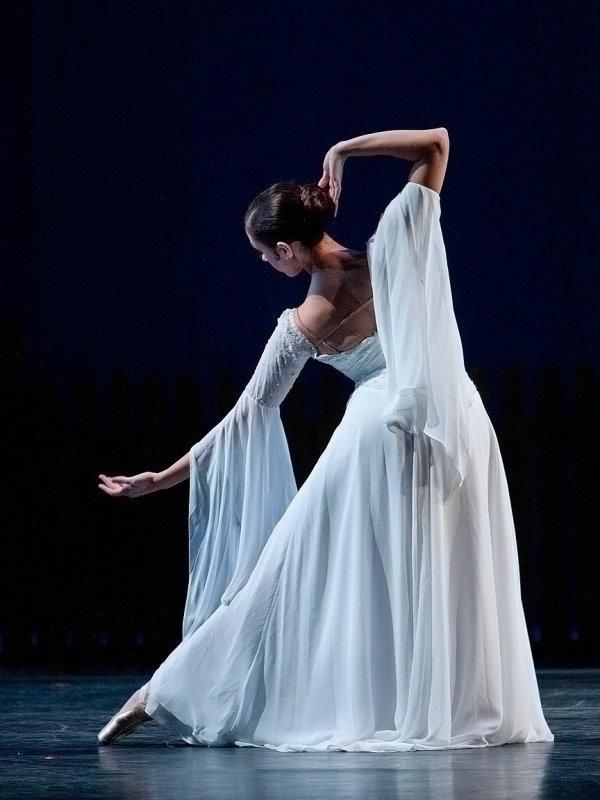
Traditionally, the bolero is performed by a solo couple, but this dance can be performed by several couples at the same time, as often happens in practice. In rare cases, the dance is performed by one ballerina. However, in any variation of the bolero, the dancer or dancers of must be accompanied by castanets or guitars .
Bolero has a bipartite, occasionally a tripartite meter; the dance consists of five parts: pazeo, traversion, diferencia, traversion and finale, although different regions of Spain are characterized by different varieties of this dance. The three-beat time signature can be divided in different ways: the equal beats of the first measure are followed by a pause followed by three shorter notes on the strong beat of the next measure. In another rhythmic version of the bolero, the first measure is divided into short notes, while instead of the first note there is a pause.
The tempo of the bolero gradually changed and is a clear reflection of this dance's journey across the ocean.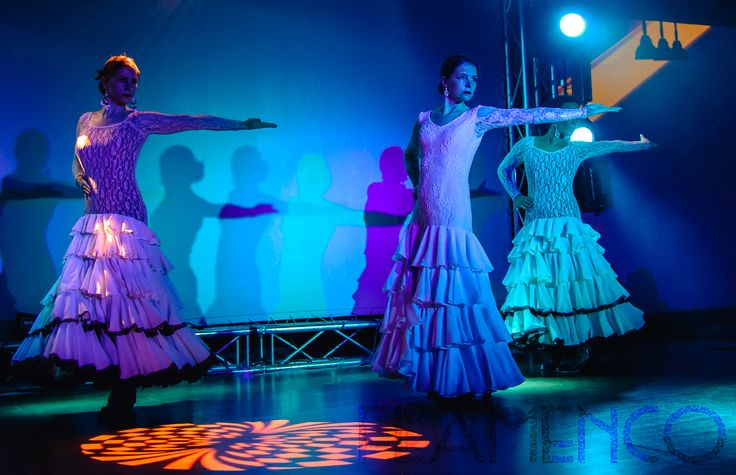
Technique
The bolero was originally danced in ¾ tempo in Spain (where it is said to be a flamenco version and a seguidilla or a slower version of the fandango). Then the bolero appeared in Cuba and, under the influence of the rumba that prevailed there, they began to dance it at a tempo of 2/4. Eventually, the dance tempo evolved into 4/4, which is still used today.
There is also the Mexican version of the bolero which has arguably made the bolero one of the most genuinely "Latin" of all Latin American dances. His steps are very reminiscent of Rumba.
Bolero is a dance that is performed without apparent effort, but in fact is very associated with physical activity. Because of this, Boleros are not danced as often as other social dances. Salsa, rumba and Argentine tango became much more popular. But for those who are not afraid of difficulties and persistent in their desire, this dance will be a real revelation.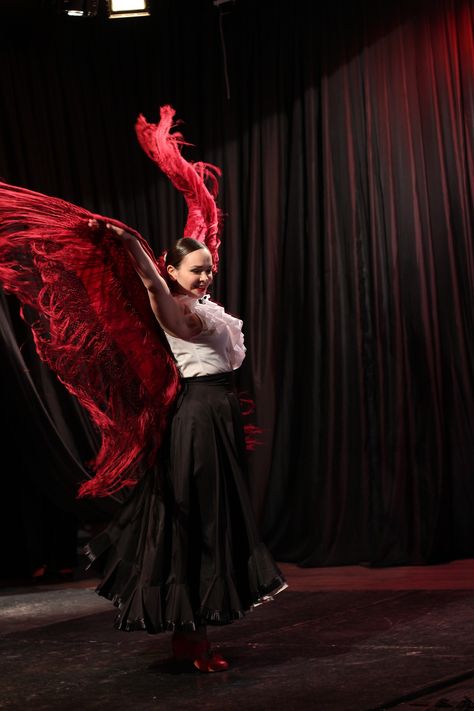 Lead the sensuality and beauty of the bolero to envy any dance.
Lead the sensuality and beauty of the bolero to envy any dance.
Bolero can be roughly divided into five parts:
1. introduction or walk;
2. crossing, when the dancers change places;
3. balancing, when the dancers perform their steps in one place;
4. part of the dance, when the partners hold hands and dance together, and at the end of each group of movements they hug each other with one arm around the waist;
5th final.
piano Bolero (op. 19) by F. Chopin and orchestral Bolero by M. Ravel . Beethoven's has a Bolero a solo and K.M. von Weber included the bolero in his music for Preciosa's play. Bolero motifs can be found in the operas The Blind from Toledo by Etienne Megule, Black Domino, Mute from Portici by D. Aubert, as well as in the opera by G. Berlioz by Benvenuto Cellini.
A faster version of the bolero is seguidilla (it is possible that it served as the basis for the bolero).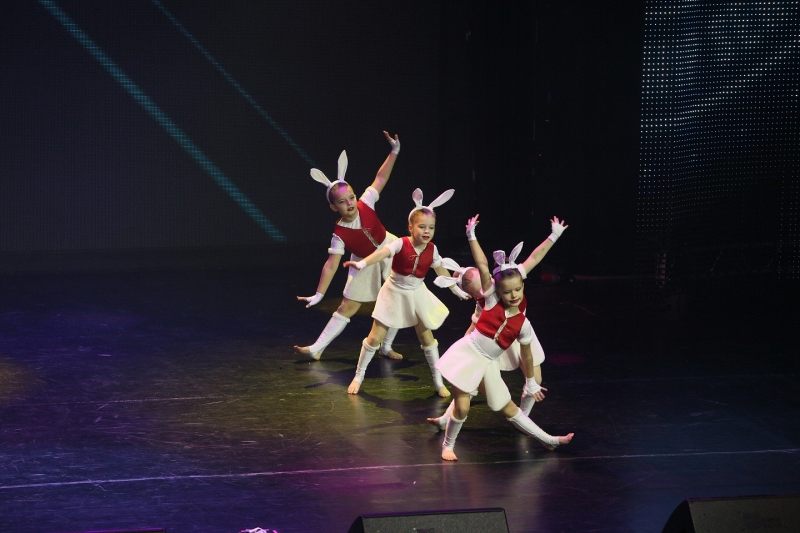 Cuban bolero and similar to it Dominican bolero are characterized by a bipartite rhythm with syncopations and form a Spanish-American variant of the dance.
Cuban bolero and similar to it Dominican bolero are characterized by a bipartite rhythm with syncopations and form a Spanish-American variant of the dance.
Cuban bolero
The Cuban bolero has been known since 1883, when the bolero " Tristezas " by José Pepe Sanchez appeared.
Influenced by the African style, the Cuban bolero has a double rhythm.
The Cuban bolero has almost no resemblance to the Spanish dance, it is close to the rumba in terms of performance features, it is distinguished by its special grace and is performed to slow, beautiful, romantic melodies.
It is not for nothing that in the 20th century the Cuban bolero was called “ King of Hearts ”, because it is this dance that creates a lot of opportunities for expressing romantic feelings through movements. Bolero contributed to the emergence in Cuba of songs called Feeling, which means "feeling".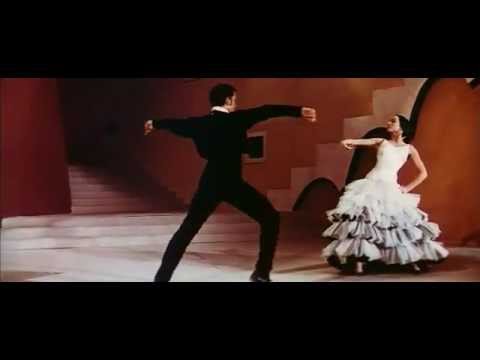 Dance clubs and schools0007
Dance clubs and schools0007
You're browsing: do_dance_bolero.html
NewOldUsefulUseless
Page 1 of 1
Write a review
Bolero
[esp. Bolero, abbr. from arabalero - Arabic]
1. Spanish national social dance. The musical size is ¾, sometimes 2/4. The pace is moderately fluid. It is performed in pairs, sensually and proudly, with movements around the site. The characteristic rhythmic figures of the dance are emphasized by the sound of castanets or snapping fingers.
Other name: Spanish Bolero.
2. Cuban and Dominican social dance that developed in the 19th century on the basis of the Spanish Bolero. It has clear features of the influence of the Afro-Cuban Dance Tradition. The musical size is 2/4 and 4/4. The pace is moderate. It is performed in pairs, in a syncopated rhythm, reminiscent of the rhythm of Rumba. Often accompanied by singing.
Other name: Cuban Bolero.
3.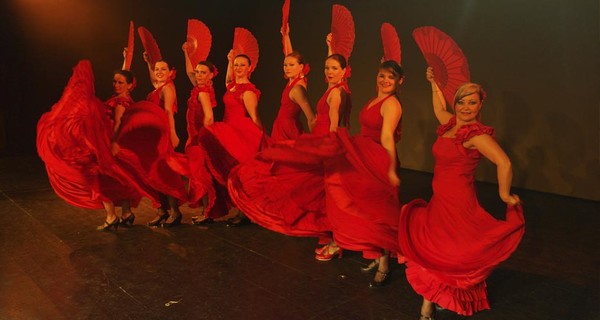 American ballroom dance based on the Cuban Bolero. The musical size is 4/4. The pace is moderate. It is a mandatory dance of the American competitive program.
American ballroom dance based on the Cuban Bolero. The musical size is 4/4. The pace is moderate. It is a mandatory dance of the American competitive program.
Some researchers believe that the name of the Bolero dance comes from the word "voler" [Spanish. voler - to fly]. But the version of his Mauritanian origin looks more real. The dance was distinguished by a clearly expressed Arabic manner of performance. Therefore, it was called so - "Arabic dance" [Spanish. Danza Arabalero]. In the future, his movements, while retaining the original rhythm, acquired a more "Spanish" character, and the name changed to a short "Bolero". This version is supported by the fact that in North Africa there are still Arabic folk dances in the same characteristic three-beat rhythm.
The creation of the Spanish Bolero school is attributed to Sebastian Cerezo, a famous Andalusian dancer who performed at the court of King Charles III. For his new version of the dance, Cerezo used the slow-motion music of the Spanish Seguidilia. In pursuit of the outgoing pan-European fashion for the development of court ballet, Cerezo in 1780 tried to create something similar to a ballet dance. Emphasizing the deep inner meaning that manifests itself in the Spanish classical Bolero, some researchers call his performances “Spanish ballet”. For example, Roger Salas believes: “What today is called the “bolero school” is Spanish noble dance, Spanish ballet, slowly but relentlessly asserting its position in the canons of classical dance.”
In pursuit of the outgoing pan-European fashion for the development of court ballet, Cerezo in 1780 tried to create something similar to a ballet dance. Emphasizing the deep inner meaning that manifests itself in the Spanish classical Bolero, some researchers call his performances “Spanish ballet”. For example, Roger Salas believes: “What today is called the “bolero school” is Spanish noble dance, Spanish ballet, slowly but relentlessly asserting its position in the canons of classical dance.”
The classic version of the Spanish Bolero consists of five parts with their own names:
1. PAZEO (Paseo) [Spanish. Paseo - walk]
2. TRAVERSE [Spanish. Traversia - lit. "skew"]
3. DIFFERENCE [sp. Diferencia - lit. "disagreement"]
4. TRAVERSE [sp. Traversia]
5. FINAL [esp. Final]
The Spanish Bolero has both double and triple metres. If in the folklore version it is danced by one solo couple, then in a public public form it can be represented by several couples.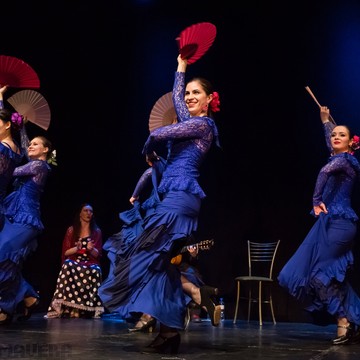 The dancers accompany their pas with castanets. If the dance melody is sung, it is usually to the accompaniment of a guitar and castanets.
The dancers accompany their pas with castanets. If the dance melody is sung, it is usually to the accompaniment of a guitar and castanets.
In the 19th century, the Spanish Bolero spread throughout the world as a stage dance. Its rhythms and intonations have attracted the attention of many famous composers and dancers. Shortened ladies' vests "bolero" and hats of the same name came into fashion. A little more - and the dance would have captivated the dance halls with its rhythms, but, apparently, it seemed to the Europeans too complicated, and maybe too sensual. In the ballrooms, he appeared only as a demonstration number.
The fate of the Bolero in America was different. At the end of the 19th century, it was registered as a lyrical song and dance genre in Cuba and the Dominican Islands, acquiring an exceptionally even time signature, syncopation and gentle drum accompaniment. By the nature of the rhythm, the Cuban Bolero resembles the folk Rumba, only much slowed down.